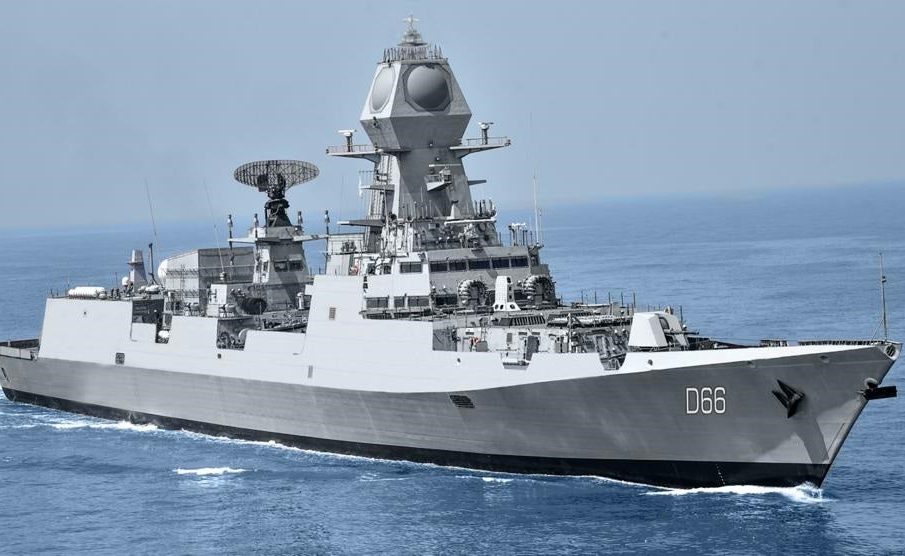Exploring the Significance of Visakhapatnam

Introduction
Visakhapatnam, often referred to as Vizag, is one of India’s foremost port cities located on the southeastern coast of the country. Culturally rich and historically significant, Visakhapatnam plays an essential role in the economy of Andhra Pradesh and India at large. Its strategic location makes it a vital hub for trade, industry, and tourism. As India aims to strengthen its coastal and maritime capabilities, the relevance of Visakhapatnam has grown exponentially in recent years.
Recent Developments
In the last decade, Visakhapatnam has experienced significant industrial growth. The city hosts major industries such as steel, shipping, and information technology. The establishment of the Visakhapatnam-Chennai Industrial Corridor is set to revolutionize the region’s economic landscape, attracting foreign investments and improving infrastructure. In addition, the Andhra Pradesh Maritime Board is planning a slew of initiatives aimed at developing the fishing and shipbuilding sectors in the region.
Moreover, the city has emerged as an educational center with prestigious institutions such as the Indian Institute of Management (IIM) and Indian Maritime University being located here. These institutions are not only contributing to the local economy but are also attracting students from across the country.
Tourism Potential
Visakhapatnam is renowned for its natural beauty and tourist attractions. The beaches along the coastline, such as R.K. Beach and Yarada Beach, are frequented by tourists throughout the year. Additionally, places like the Kailasagiri Hill, Araku Valley, and the Simhachalam Temple attract visitors interested in nature and spirituality.
Moreover, initiatives promoting tourism and eco-friendly practices are being encouraged by local government bodies, enhancing the city’s appeal as a travel destination.
Challenges Ahead
Despite its potential, Visakhapatnam faces challenges related to urbanization, infrastructure development, and environmental conservation. Rapid industrialization raises concerns regarding pollution and resource management. Authorities are tasked with balancing growth while preserving the environmental integrity of the coastal region.
Conclusion
The future of Visakhapatnam looks promising, with ongoing investments and development initiatives. As it evolves into a smart city and a vital economic player, the local government aims to address these challenges while maximizing growth. For readers, understanding the dynamics of Visakhapatnam may offer insights into the broader economic trends in India, particularly in relation to coastal cities and their emerging roles as engines of growth in the 21st century.









